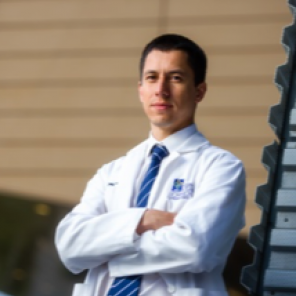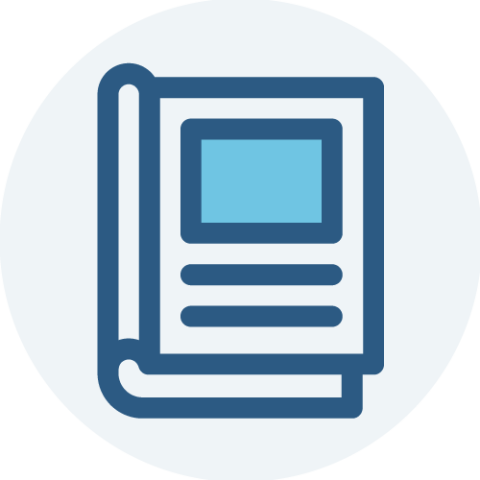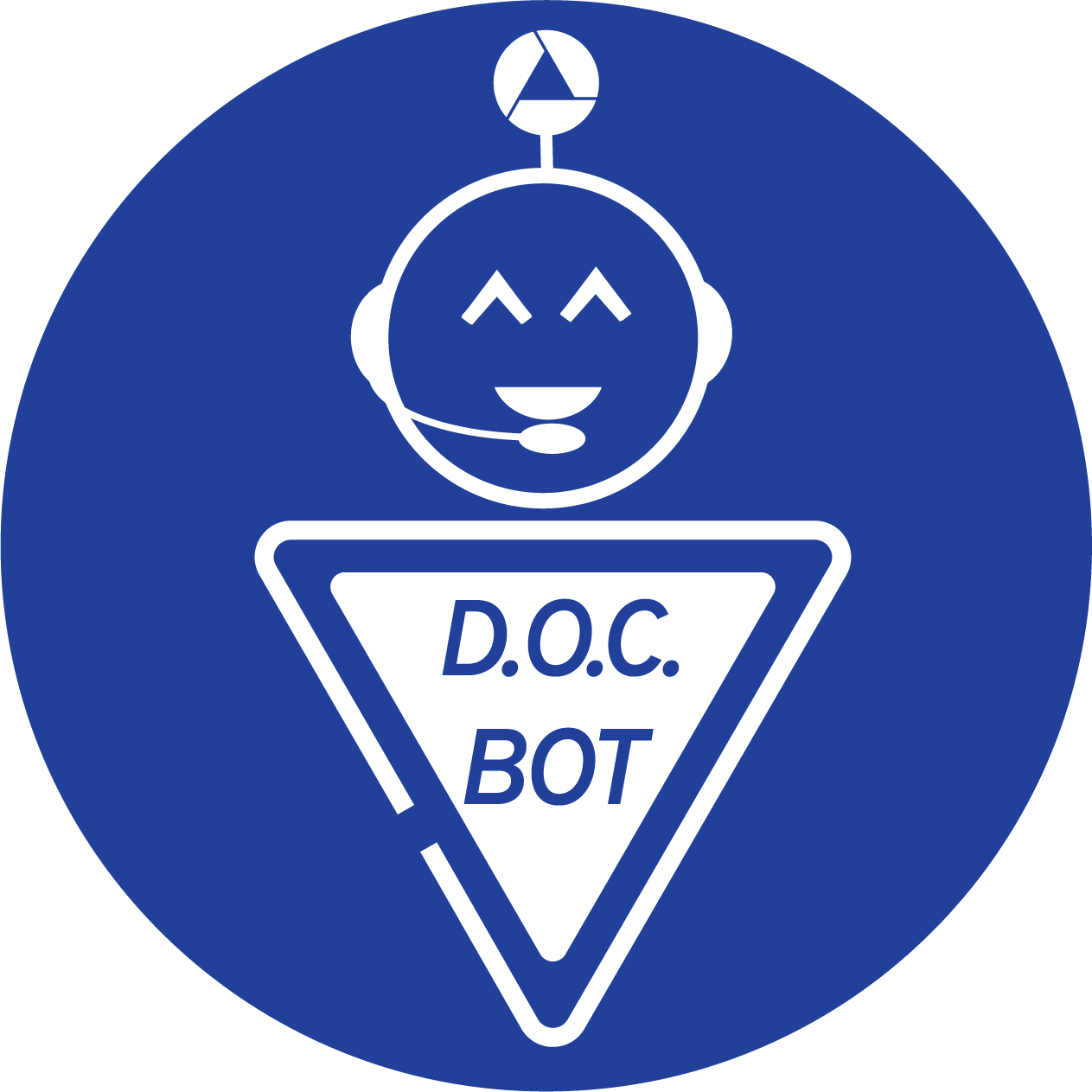
Luiz E. Bertassoni graduated with a D.D.S. degree from the Pontifical Catholic University of Parana, Brazil, obtained a Ph.D. in Biomaterials and Bioengineering from University of Sydney, Australia and two postdoctoral degrees; one from University of California, San Francisco, and another from the joint Division of Health Sciences and Technology at Harvard Medical School and MIT, Massachusetts. Currently Bertassoni is an Assistant Professor at Oregon Health & Science University, Portland, Oregon (OHSU), where he holds appointments at the OHSU School of Dentistry, the Center for Regenerative Medicine and Department of Biomedical Engineering, both in the OHSU School of Medicine. Luiz is also an honorary lecturer in Biomaterials and Bioengineering at University of Sydney. Dr. Bertassoni leads a multidisciplinary research group working on various aspects of biomaterials and tissue engineering, with special emphasis on 3D bio printing of complex tissue constructs, nanoscale structural and function of calcified tissues, and different aspects of the field of ‘organs-on-a-chip’. Luiz is a recipient of over 20 national and international research awards, and has received over $3 Million in research funding. Luiz currently serves as an ad-hoc reviewer or editorial board member for over 45 journals, and his work has been extensively highlighted in media, including Fox News, NBC, BBC, etc, and being recently selected as one of the top 100 science stories (#64 in 2014) by Discover Magazine.
How did you first learn about the AADR and what motivated you to join?
I first learned about the AADR back in dental school. I graduated in 2007 and I started my full time research career while still in dental school. I took a break from dental school back in Brazil and I spent six months at University of California, San Francisco (UCSF) doing research only. At that time, there was one of the annual AADR meetings taking place, and I had data from my research that I wanted to present. This was the first meeting I attended in New Orleans if I remember correctly in 2006. The first international experience I had with research was in the lab of Bill and Sally Marshall who are both past presidents of AADR. They made me aware of the importance of the organization and the impact it has on dental research. They emphasized that the AADR would be a great organization for me to be a part of if I want to change the face of research. This essentially is what motivated me to join. It was good to have those mentors coach, educate and encourage me about research.
Can you describe your research? How do you hope your work will impact others?
My research has been evolving quite a bit since I started back in dental school and in UCSF. I started off doing research on the nanoscale structure and function of mineralized tissues and I also worked with the classic dental biomaterials research for quite some time. My work got evolved in the area of regenerative dentistry and medicine. At this time, our research converged to integrating these different topics. Our current research is focused on different aspects of regenerative medicine, we develop new biomaterials and we do a lot of biofabrication including things such as three dimensional bio printing. We also do organs on a chip which is an emersion field combined with tissue engineering in microfluidics so we make miniaturized version of systemic organs and craniofacial structures to understand how they behave on a micro scale. This all ties back into my background of nanoscale structure and function of mineralized tissues and biomaterials research. So essentially, we try to develop regenerative materials that take into account all of the nanoscale complexity of all the tissues we are trying to regenerate. It all makes a loop of different areas.
Can you tell a story or give an example of how cross collaboration with other scientific disciplines has been important to your career?
It’s safe to say that I wouldn’t be here if there weren’t a few different examples of cross collaboration in my field that brought me to where I am now. I think the best experience that I can give is when I did my first postdoctorate at UCSF in biomaterials and bioengineering at the School of Dentistry. The focus was already on craniofacial and more classic biomaterials. I did my Ph.D. at University of Sydney, Australia on dental materials and dental tissues. My second postdoctoral degree was at Harvard University and MIT, which was a joint program called Health Sciences and Technology, which combined engineering aspects of MIT and the medical aspect of Harvard Medical School. This research brought me very far away from the scope of dentistry. We started doing bioprinting of various organs, vasculature and engineering of craniofacial tissues. This gave me extensive exposure to the breath of biomechanical engineering research that was happening outside of dentistry. It was really eye-opening to see how much was happening outside of the field and being able to apply it to dental research.
Can you describe your experience being a researcher from an underrepresented group in science?
It’s been an interesting journey, being a researcher from an underrepresented group you get to identify the difficulties and challenges first hand. These are things that are not immediately palpable to understand for many people. I am pretty sure people who are not URMs would not have to go through these challenges. Some examples I can give are, growing up in Brazil and receiving all my training in Brazil I can quite readily identify the gaps in knowledge and training from the early days. In Brazil, we go from high school straight into dental school and then from there we get our masters or Ph.D. The additional four years of training that the United States has implemented by making their youth obtain Bachelors before proceeding to dental school makes a very significant difference in the depth you go into about basic sciences. In Brazil, we never had access to calculus, algebra and other similar courses. So this is something that a lot of my fellow researchers that have not had exposure to this knowledge during their training they have to make up for it however they can to be on par with everyone else. Regardless of having all this training, there was no access to the information that was needed so there is no time to go back and just put everything on hold to learn this information. So you have to learn how to balance the two. A lot of minorities I am sure go through this challenge, in addition to all the other challenges we are aware of like visa issues. I have felt these impacts in various countries I have worked in.
Have you had the opportunity to mentor underrepresented minorities (URMs) or work to increase diversity in science? If yes, can you describe your experience and what agencies/organizations you worked with?
I have done a little bit of everything in what you just asked. I have had the opportunity to work and mentor URMs in our lab. We receive quite a number of people from other developing countries and it is 90 percent composed of women which are still unfortunately a minority in science. It is something I always joke with people in the lab about it. I think that it is very big advantage we have women in the lab right now because it shows how much more women can accomplish in terms of multitasking compared to men and I am very pleased with that. I believe we have to do a better job at bringing more women into science especially from other underrepresented communities. We have had the opportunity to have another researcher that is funded through a diversity fellowship with our university. Our university puts a lot of emphasis on diversity, so they have an oral health and science university diversity fellowship and we had one fellow who is currently finishing her fellowship in our lab. She’s doing an amazing job as well. We also had another equity fellow that just joined our lab for summer she is from Maryland and of African-American descent. She has been amazing as well and she is almost done completing her work. In addition to all of this, last year I had the opportunity to start an organization [Rede Brazil-US]. It is not officially a non-profit organization yet but it is essentially a network that links Brazilians researchers back in Brazil with Brazilian researchers that have labs in the United States. We created this organization from scratch and it is still in its early stages. The intention was to facilitate the transition of early career researchers from Brazil to find places where they can do work in the U.S. and transition a little easier. We did this because there are a lot of people in Brazil that want to do research in the United States and other countries that have exposure to high quality research but they never know where to start or where to find these people. It is basically a black box that is very tightly sealed. We figured if we simply compile all this information and put it on a website and make it available to whoever wants to get access to it. These people will get a better idea of who to get in contact with and what type of research they are doing. We have many participants from researchers in the Latin community in the states doing amazing work but not many people can get access to that. We also check to see if these researchers allow visits from early researchers and help guide them on how to start their career. We are hoping at some point we will be able to get researchers all over the world to be a part of the network. We want to make sure there is no gap between the access to high quality research labs and information.
Based on your experience, how would you encourage AADR members to help increase the diversity of the research workforce?
I think that the easiest way to do it is to be open and encouraging of minorities having their involvement in research. I believe raising awareness is also important. For a long time I tended to twist my nose a little bit to the idea of raising awareness because you don’t see action you just see awareness and that is not immediate impact. It does help people realize the size of these gaps in our system because they are not small. Today diversity is such a heated topic and I believe scientists have a role in emphasizing how important it is needed for research and the community as a whole. I don’t think we should be told not to speak up when this is something that affects our research so highly. I think that some people are good at bringing up these issues and some just end up going about their work. I think this is something we can do a better job at. We should also emphasize this in encouraging women to be more involved in science a well. As soon as I had a daughter it made me understand the size of the problem a lot more clearly because when it hits home it’s a whole different perspective. We are not doing a good enough job on having women represent our science to the same extent as men do and certainly other communities as well.
What role do you think professional associations can play in supporting its members who are members of underrepresented minority/ethnic groups?
AADR has a huge audience and tremendous credibility with its audience, so emphasizing topics like this go very far. This interview we are doing is an example which is great. I am particularly excited with some of these ideas and networks that are being created or integrated into the AADR system. I was talking to Chris Fox back in London about potentially integrating our network into the AADR network system. That type of validation is very useful because it is a place where people can more easily be a part of an existing network instead of having to create something that doesn’t exist or going out of their way of finding each other. AADR potentially making an effort to enable that in terms of URMs will be an existing hub for people to tap onto when they feel the need to be a part of something greater and for them to also know that they can step up and apply for leadership positions in one of these networks and higher positions. It is very doable. We have a woman who is currently the president of the organization and she has done a great job of shedding light on these problems. I have heard personally from her that we have to do a better job at bringing more minorities, bringing more women, bringing more researchers and this is what AADR needs.




